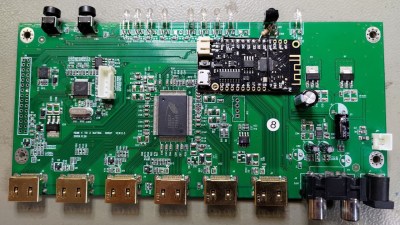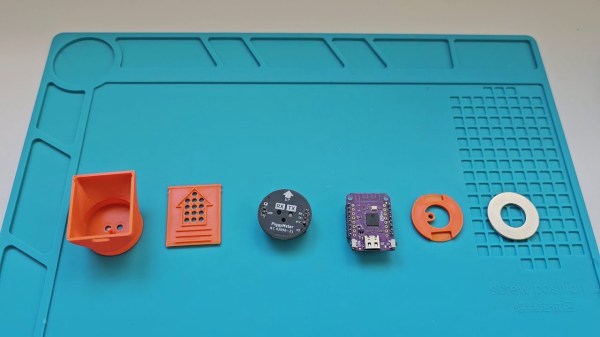Sometimes, we’re faced with what should be simple household tasks that we choose to make more difficult. Sure, you could buy a clock, hang it on your wall, and move on with your day, or could spend a week or two building the perfect one. [Nejc Koncan] was in one such situation recently when he needed some new overhead lighting. He wanted hexagonal lights — and since none of the off-the-shelf solutions met his exacting requirements, he built his own.
Unlike most of the cycling RGB hexagonal lighting solutions available on the market, [Nejc] wanted elegant white outlines that he could control via HomeAssistant. After some careful design and quite a bit of trial-and-error, he ended up with a highly modular and very professional-looking installation. The hexagons are constructed from LED strips set into aluminum extrusions, with junction PCBs at each intersection. To complete the look, all of the strips and wiring are hidden by diffusers that slot into the extrusions — and of course, the whole thing is open source.
We see lots of lighting projects here at Hackaday, and even other hexagonal lights — but this might just be one of the most refined. Sometimes it’s worth the extra effort to build a totally over-engineered custom solution.

















